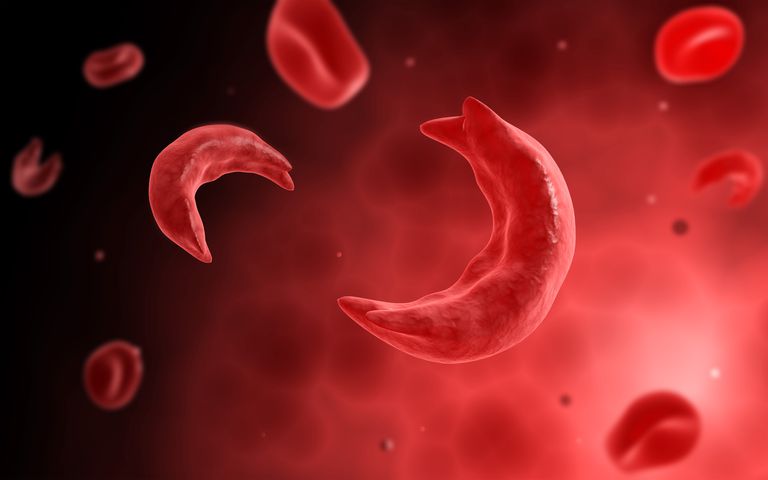Many people are making a link between 5G technology and COVID-19. The response of the media to quickly demonize and discredit any one who make this connection; and the efforts of social media platforms and Google to censor this information is cause for concern. This is something that must be discussed and explored.
The point of concern is the electromagnetic radiation emitted from the 5G towers and the effects these could have on the body and the potential for oxygen insufficiency – as observed by individuals who are noted to have suffered from a ‘COVID-19’. Below is the excerpt of a study that explores this:
Title of the paper: The effect of electromagnetic radiation emitted by display screens on cell oxygen metabolism – in vitro studies
Researchers: Małgorzata Lewicka, Gabriela A. Henrykowska, Krzysztof Pacholski, Janusz Śmigielski, Maciej Rutkowski, Maria Dziedziczak-Buczyńska, Andrzej Buczyński
Abstract
Introduction: Research studies carried out for decades have not solved the problem of the effect of electromagnetic radiation of various frequency and strength on the human organism. Due to this fact, we decided to investigate the changes taking place in human blood platelets under the effect of electromagnetic radiation (EMR) emitted by LCD monitors.
Material and methods: The changes of selected parameters of oxygen metabolism were measured, i.e. reactive oxygen species concentration, enzymatic activity of antioxidant defence proteins – superoxide dismutase (SOD-1) and catalase (CAT) – and malondialdehyde concentration (MDA). A suspension of human blood platelets was exposed to electromagnetic radiation of 1 kHz frequency and 150 V/m and 220 V/m intensity for 30 and 60 min. The level of changes of the selected parameters of oxidative stress was determined after the exposure and compared to the control samples (not exposed).
Results: The measurements revealed an increase of the concentration of reactive oxygen species. The largest increase of ROS concentration vs. the control sample was observed after exposure to EMF of 220 V/m intensity for 60 min (from x = 54.64 to x = 72.92). The measurement of MDA concentration demonstrated a statistically significant increase after 30-min exposure to an EMF of 220 V/m intensity in relation to the initial values (from x = 3.18 to x = 4.41). The enzymatic activity of SOD-1 decreased after exposure (the most prominent change was observed after 60-min and 220 V/m intensity from x = 3556.41 to x = 1084.83). The most significant change in activity of catalase was observed after 60 min and 220 v/m exposure (from x = 6.28 to x = 4.15).
Conclusions: The findings indicate that exposure to electromagnetic radiation of 1 kHz frequency and 150 V/m and 220 V/m intensity may cause adverse effects within blood platelets’ oxygen metabolism and thus may lead to physiological dysfunction of the organism.
view full paper
Electromagnetic frequencyThis article is copyrighted by Ital is Vital, 2025. Want to re-post this article? Visit our guidelines.
DISCLAIMER: THIS WEBSITE DOES NOT PROVIDE MEDICAL ADVICE
The information, including but not limited to, text, graphics, images and other material contained on this website are for informational purposes only. The purpose of this website is to promote broad consumer understanding and knowledge of various health topics. It is not intended to be a substitute for professional medical advice, diagnosis or treatment. Always seek the advice of your physician or other qualified health care provider with any questions you may have regarding a medical condition or treatment and before undertaking a new health care regimen, and never disregard professional medical advice or delay in seeking it because of something you have read on this website.
